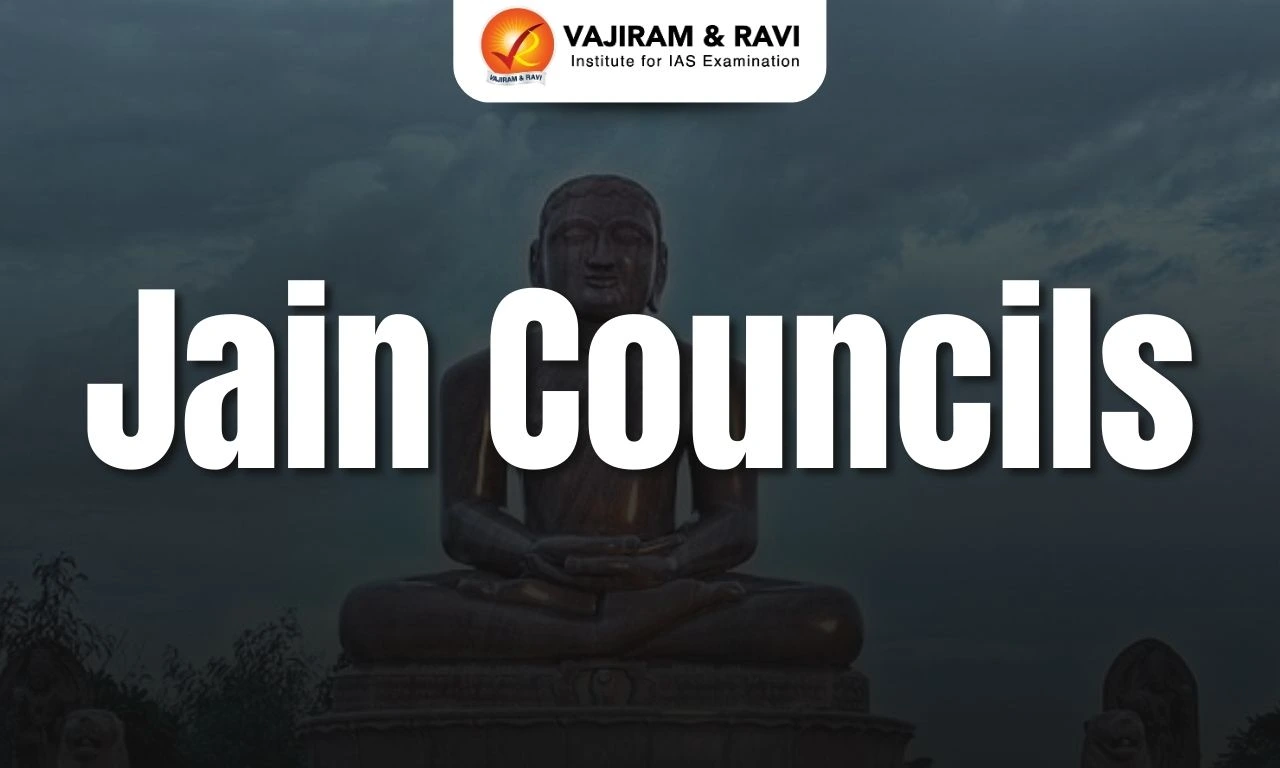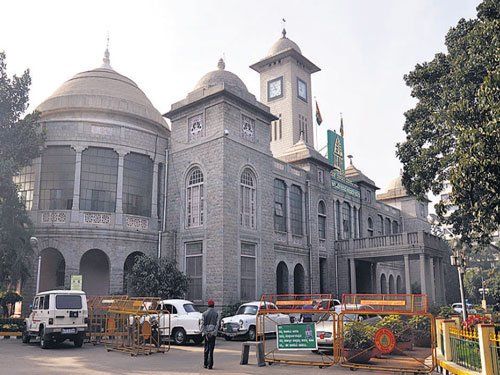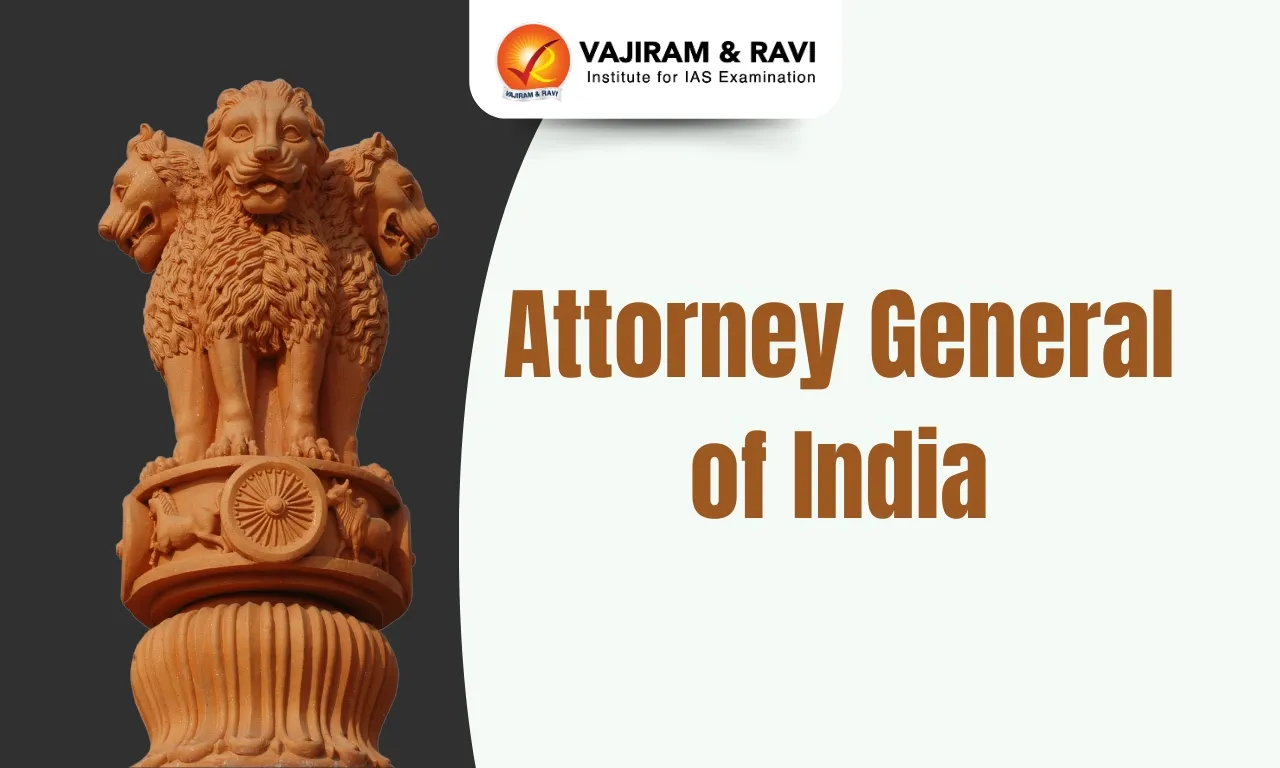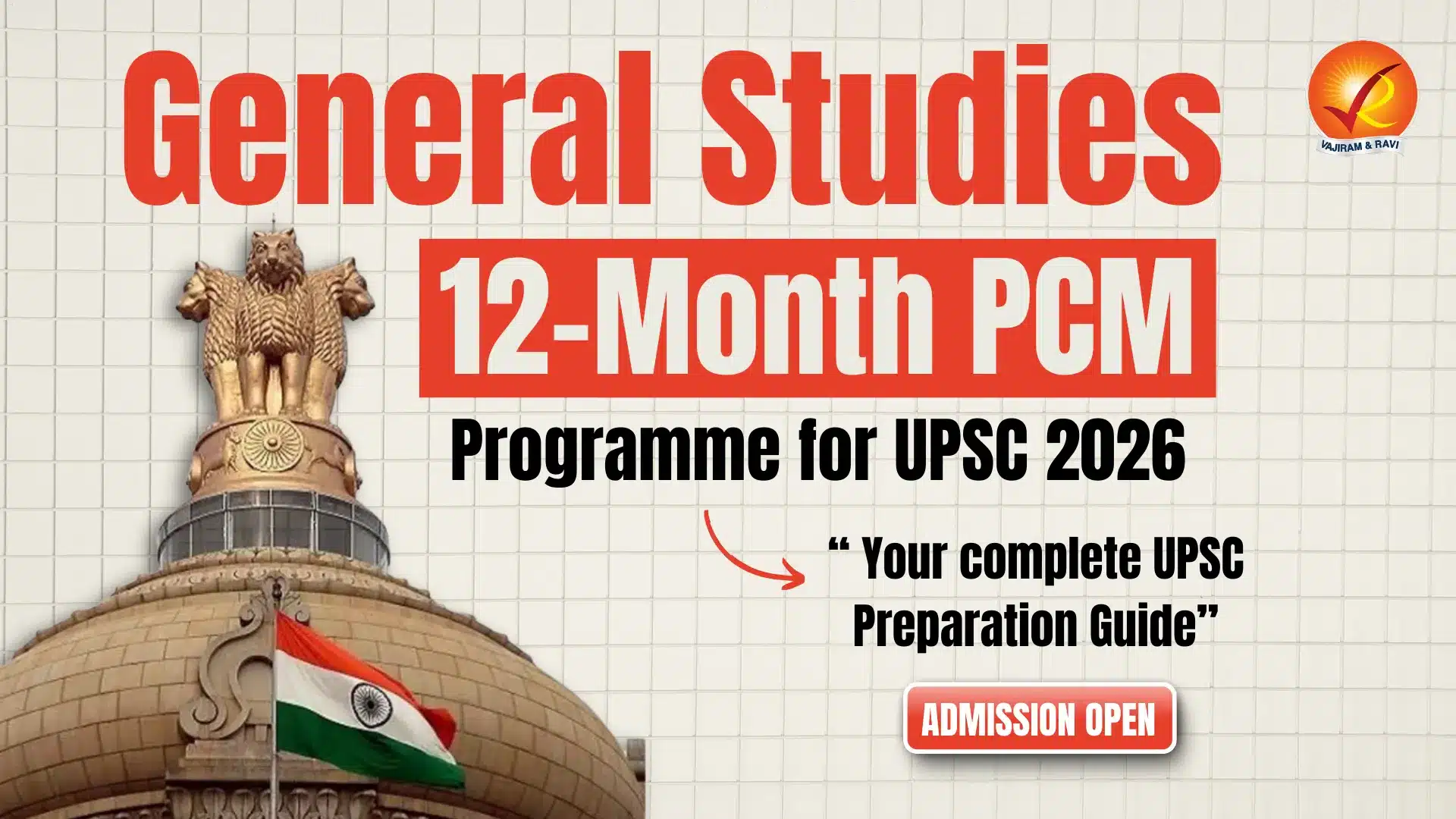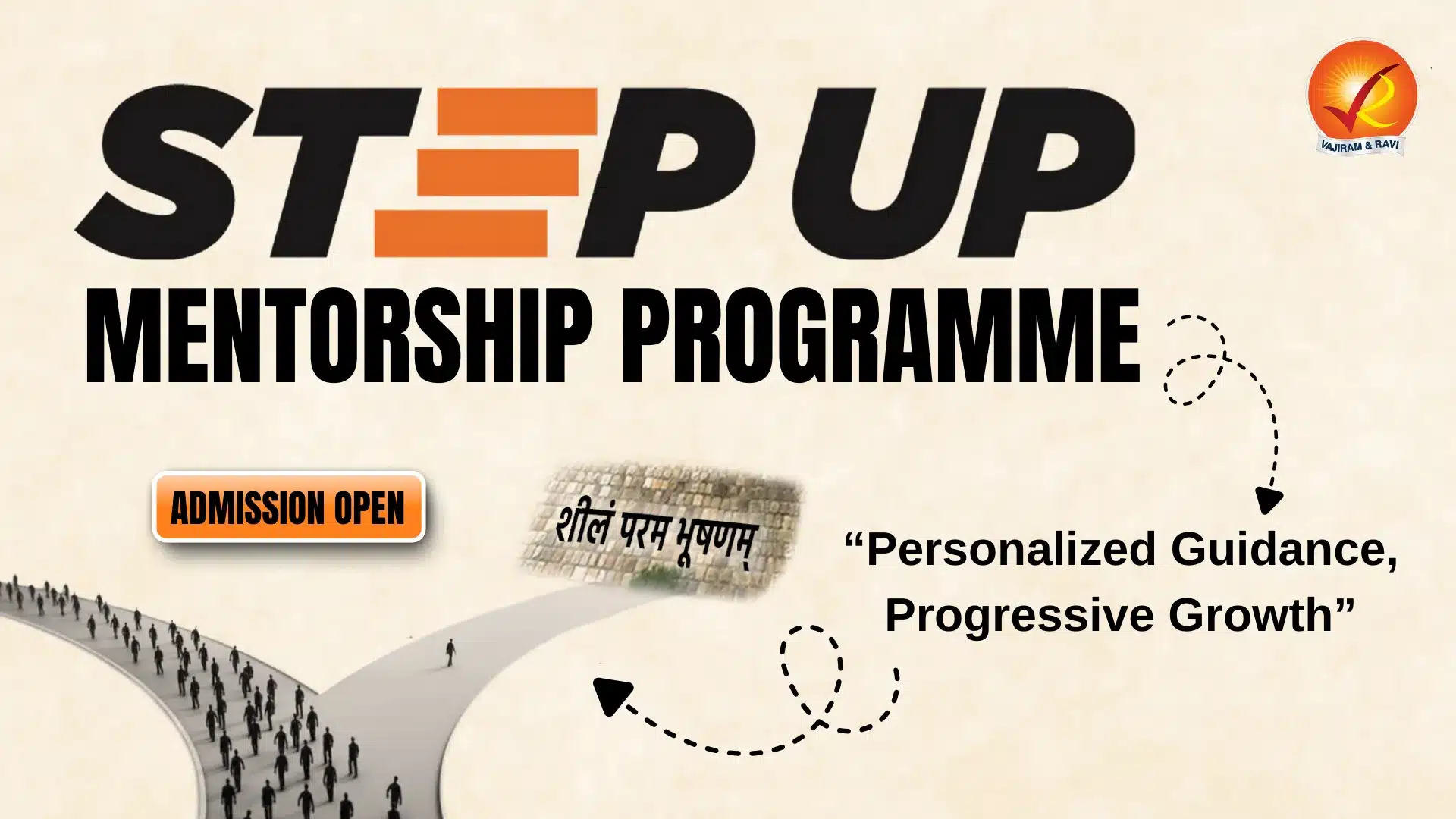Jainism is one of the world's oldest religions. The Jainas believe that their religious system is the result of the twenty-four tirthankaras' teachings. Jaina teachings were originally passed down orally, but they were later compiled and recorded. The first Jain council was held at Pataliputra at the beginning of the 3rd century BCE and resulted in the compilation of the twelve Angas, whereas the second Jain council was held at Valabhi in the fifth century CE under the leadership of Devardhi Kshamasramana.
First Jain Council
During the reign of the Nanda King, the Jaina order was administered by two Theras: Sambhutavijaya (Sthulabahu) and Bhadrabahu. Bhadrabahu was a contemporary of Maurya King Chandragupta Maurya and was the sixth Thera.
- A terrible famine broke out in south Bihar near the end of Chandragupta Maurya's reign. It lasted for about twelve years. Bhadrabahu and his disciples migrated to Sravanabelgola in Karnataka.
- Other Jainas remained in Magadha with Sthulabhadra as their leader, who changed the code of conduct for the monks. Around 300 BCE, they convened a council at Pataliputra. The sacred teachings of Mahavira were divided into twelve angas at that council.
- The first Jain Council was convened at Pataliputra by Sthulabahu, the leader of the Digambaras, at the beginning of the 3rd century B.C.
- Sthulabhadra divided the Jaina canon into 12 'angas' or sections during the first Jain Council at Pataliputra. This was accepted by Svetambaras. The Angas are written in Ardhamagadhi Prakrit.
- The monks of the south disagreed with this compilation, and the first split in Jainism began. Jains are classified into two groups or two Jain sects: Svetambaras and Digambaras. Svetambara monks dressed in white. Digambara monks wore no clothing at all.
Second Jain Council
The second Jain Council met in 512 CE in Vallabhi (Gujarat) during the reign of the Maitraka Dynasty. It was presided over by Devardhi Kshemasarmana.
- The goal of this Council was to collect sacred texts and write them down in a systematic manner.
- However, the 12th Anga drawn at the first Council was lost this time. All the remaining Angas were written in Ardhamagadhi.
- In the second Jain council, new additions were made in the form of ‘Upangas’ or minor sections.
- Twelve Angas: The Angas treat the lives of the monks and are mostly made up of sermons on various themes of importance to the Jains.
- Acaranga
- Sutrakratnga
- Samvayanga
- Thananga
- Bhagavati
- Jnatadharmkatha
- Upasakadasa
- Antakritdasa
- Anuttaraupapatikadasa
- Prasna Vyakarana
- Vipaka Sutra
- Dristivada (The 12th anga is lost)
- The Acharanga sutta and Bhagavati sutta are the most important of the 12 Angas. While the former deals with the code of conduct that a Jaina monk must follow, the latter comprehensively expounds the Jaina doctrines.
- Twelve Upangas: Uvavaiya-sutta, Raya-pasenaijja, Jivajivabhigama, Pannavana, Suriya-pannatti, Jambudvipa-pannatti, Canda-pannatti, Nirayavaliyao or Kappiya, Kappavadamsiao, Pupphaio, Puppha-culiao, Vanhi-dasao.
Last updated on December, 2025
→ Check out the latest UPSC Syllabus 2026 here.
→ Join Vajiram & Ravi’s Interview Guidance Programme for expert help to crack your final UPSC stage.
→ UPSC Mains Result 2025 is now out.
→ UPSC Notification 2026 is scheduled to be released on January 14, 2026.
→ UPSC Calendar 2026 is released on 15th May, 2025.
→ The UPSC Vacancy 2025 were released 1129, out of which 979 were for UPSC CSE and remaining 150 are for UPSC IFoS.
→ UPSC Prelims 2026 will be conducted on 24th May, 2026 & UPSC Mains 2026 will be conducted on 21st August 2026.
→ The UPSC Selection Process is of 3 stages-Prelims, Mains and Interview.
→ UPSC Result 2024 is released with latest UPSC Marksheet 2024. Check Now!
→ UPSC Prelims Result 2025 is out now for the CSE held on 25 May 2025.
→ UPSC Toppers List 2024 is released now. Shakti Dubey is UPSC AIR 1 2024 Topper.
→ UPSC Prelims Question Paper 2025 and Unofficial Prelims Answer Key 2025 are available now.
→ UPSC Mains Question Paper 2025 is out for Essay, GS 1, 2, 3 & GS 4.
→ UPSC Mains Indian Language Question Paper 2025 is now out.
→ UPSC Mains Optional Question Paper 2025 is now out.
→ Also check Best IAS Coaching in Delhi
Tags: jain councils quest



